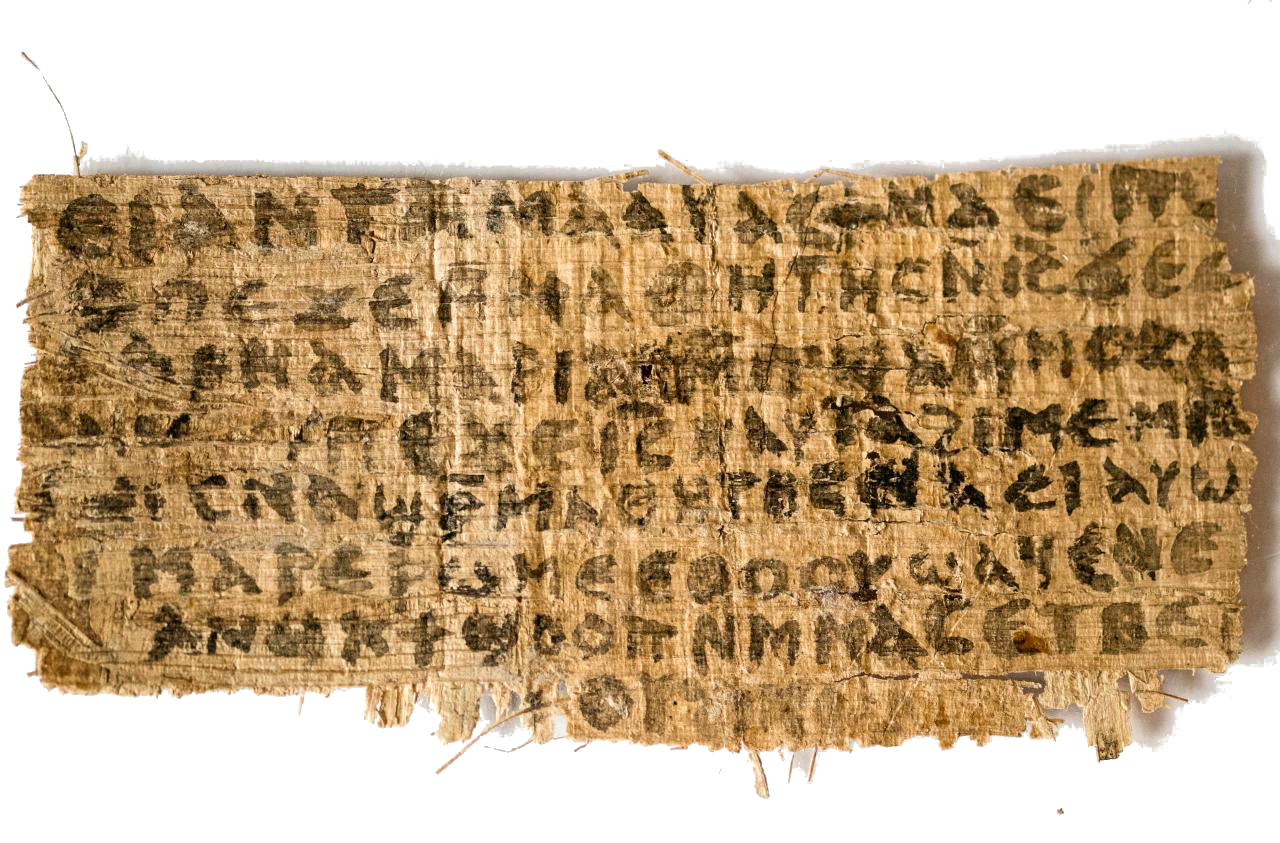The fragment, announced at the International Coptic Congress in Rome in 2012, contains a dialogue between Jesus and his disciples in which Jesus speaks of “my wife” and so it was informally given the title The Gospel of Jesus's Wife.
Here is the translation:

DOI: 10.1017/S0017816014000133
"My wife" is obviously a big deal. It was always a target of speculation. In modern times, it is common for cultural zealots to insist that unmarried men must have been gay but in this case it is instead speculated that Jesus was married and that later revisionists eliminated it from the record. “My mother,” “Mary,” and “my (female) disciple” are also in there, which is a puzzle for non-theologians. There are a whole lot of women named Mary in the New Testament and it's a mystery which are the same and which are which, etc. I am sure in a blog post about the dating of a parchment fragment someone with a better handle on the linguistics will shed light on that.
Obviously, any time something appears that a bunch of people wanted to appear, the critical filter goes up. No one wants a repeat of The Hitler Diaries. Using Raman testing of the ink, radiocarbon analysis at the University of Arizona Accelerator Mass Spectrometry Laboratory, and multispectral imaging, the various experts determined that radiocarbon, spectroscopic, and oxidation characteristics showed no evidence of modern fabrication. Obviously old materials being used are possible, especially for someone well-versed in ancient theology, but it would take someone truly devoted to both religion and being a fraud - the soot normally used for inks would have to have been duplicated to match inks of the period.
They found that the papyrus is from the 8th century AD (a mean date of 741). The other debates about its authenticity revolve around cultural agendas more than scientific inspection so I leave that to them. The grammatical errors are probably evidence of its ancient origin - they smack of a native speaker with a Dark Ages education to some, but they also smack of a fan-fiction mashup of the non-Canonical Gospel of Thomas written by someone with poor skills to others.

The Gospel of Jesus' Wife. Image link: Wikipedia.
The whole issue is devoted to the topic and it has critics. King revealed the fragment but its provenance is unknown. In science, that would be a big red flag. Egyptologist Leo Depuydt says it's a fraud, created because the forger may have “wanted to put his or her own spin on modern theological issues” - namely that of women and celibacy in Christianity.
If Jesus was married, this gives Easter a new spin. A married man who has a group of degenerate gambler and criminal friends and disappears for three days is going to have a difficult time getting a wife to believe he died and was resurrected - unless it really happened. Especially if that wife was Mary Magdalene. She knew what men were about and she was not going to be fooled easily, she was going to have seen a corpse.
Citation: Karen L. King, “Jesus said to them, ‘My wife . . .'”: A New Coptic Papyrus Fragment',
Harvard Theological Review Volume 107 Issue 02 April 2014, pp 131-159 DOI: 10.1017/S0017816014000133




Comments